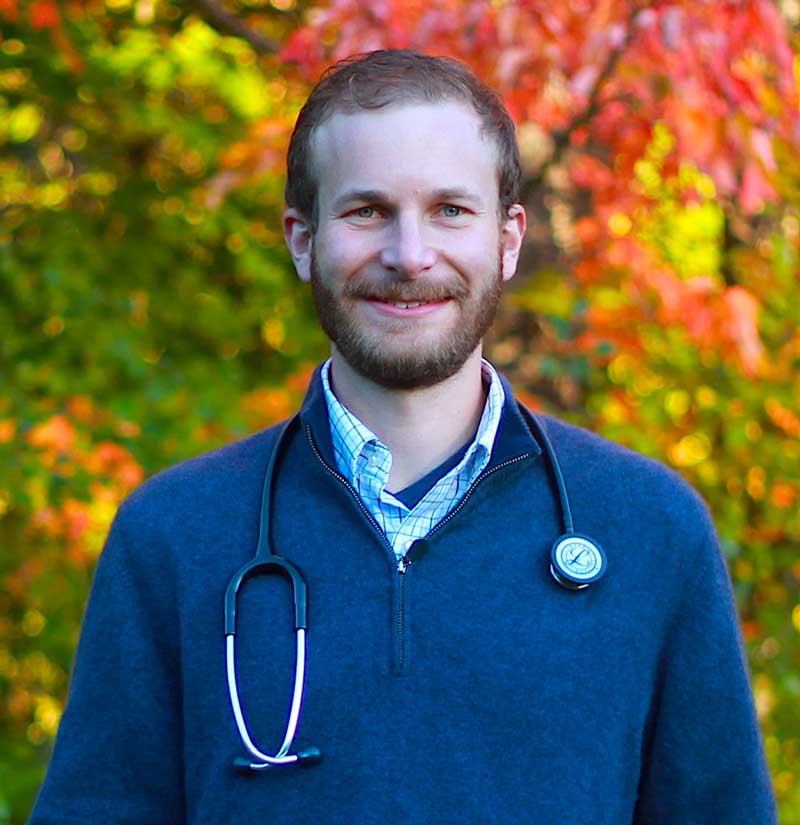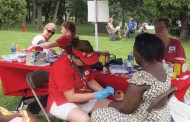By Dr. Oren Gersten

A doctor’s oath is first to do no harm. That has traditionally been interpreted to apply in the office, to the prescription pad, and under the knife. Yet everyday patients are leaving appointments only to face astronomical medical bills, high insurance prices, and crazy prescription drug prices that are harming them financially.
Although doctors do not set these prices directly, they are still the integral link between diagnosis and treatment. I firmly believe these are good people in a bad system. However, every clinician is complicit in this system. It could not go on without us. I believe we have an imperative to help fix it.
RIGHT TO SHOP
For too long doctors have been blinded to the price of care. We have become so far removed from the economics of medicine that we have neither the awareness nor agency to control costs. The economic transaction of paying for care often takes place weeks or even months after the care in question, by people who ultimately had nothing to do with it. This disconnect leads to frustration on all sides.
There is interesting work happening at a legislative level to increase price transparency of medical procedures. Maine passed the right to shop law in 2017, which encouraged doctors to give patients choices in where to receive care. It also incentivized insurance companies to reward patients for making smart choices.
Also, the growing accessibility of Health Savings Accounts (HSAs) helps consumers feel like they have some choice in where their health care dollars go.
Despite this progress over the last year, many patients are still finding that medical care is unaffordable.
Health Care Costs & Competition

On a broader scale in January of 2019, Federal rules mandated that hospitals make available prices for the services they offer on their website. The website comparemaine.org is also a new resource utilizing this data for cost comparison. So the idea is that by publishing prices, consumers will be able to make more informed decisions about where they choose to receive care.
Yet, simply listing prices does not appear to have encouraged competition. When I browsed the lists from two local hospitals, I found a common office procedure, removal of benign skin moles, cost $70 at one and $170 at another facility. Since this is such a common procedure, often done is a primary care office, it’s doubtful that many consumers would spend the time to shop around before having this done.
DOCTOR-PATIENT ALLIANCE
Health care will always cost money. What we need to work towards are reasonable prices for health care that helps people. If we acknowledge that financial wellbeing can and should be under the purview of the providers recommending the medicine, then it allows an alliance between doctors and patients to try and restore sanity to a broken system.
These are good people. Let’s work to create a good system.
Dr. Oren Gersten is a board-certified family doctor who brings his passion for connecting and caring for people to his private practice, Portland Direct Primary Care.





